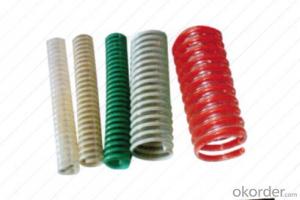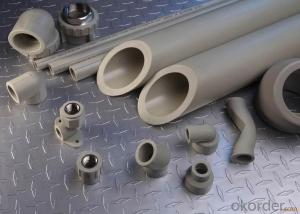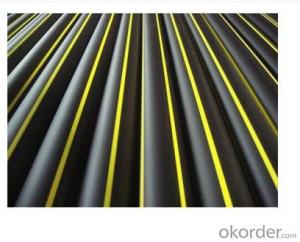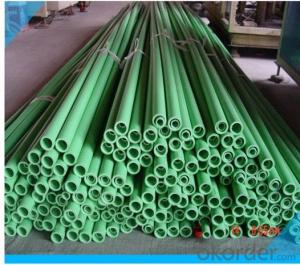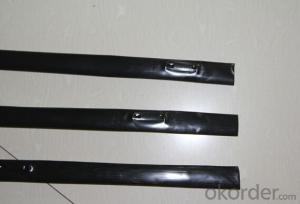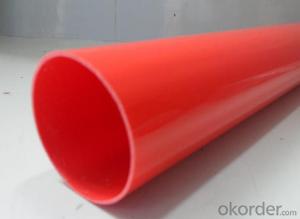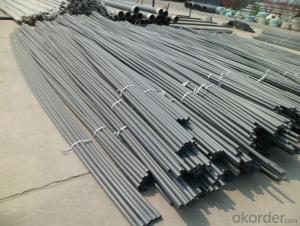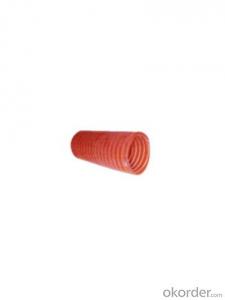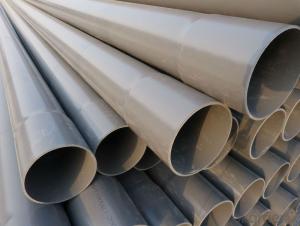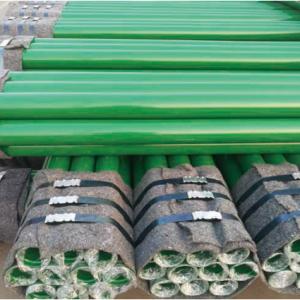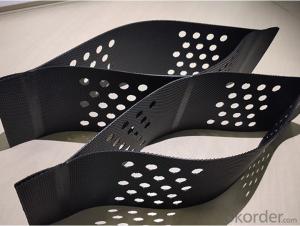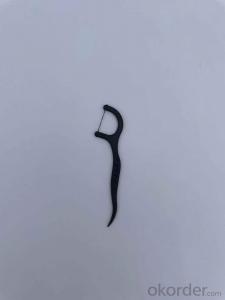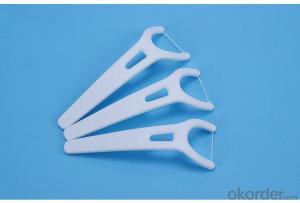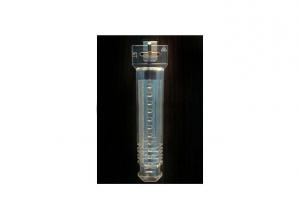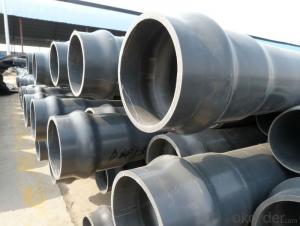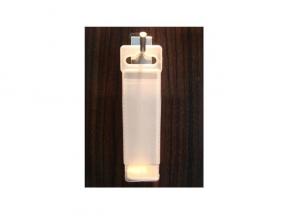PVC Helix Sunction Hose 4”
- Loading Port:
- China Main Port
- Payment Terms:
- TT OR LC
- Min Order Qty:
- -
- Supply Capability:
- -
OKorder Service Pledge
Quality Product, Order Online Tracking, Timely Delivery
OKorder Financial Service
Credit Rating, Credit Services, Credit Purchasing
You Might Also Like
PVC Helix Sunction Hose
Specifications:
1) Size 4"
2) new PVC material
3) spiral zinc-plated steel wire
4) full new material
5) smooth bore
Applications:
Suitable for conveying powder, grain, water and oil, etc, in the industry, agriculture, irrigation and civil engineering. It is the ideal alternative of rubber hose and metal pipe.
Characteristics:
Light, elastic, minus pressure resistant and with good adaptability.
Working temperature:
-5℃~65℃
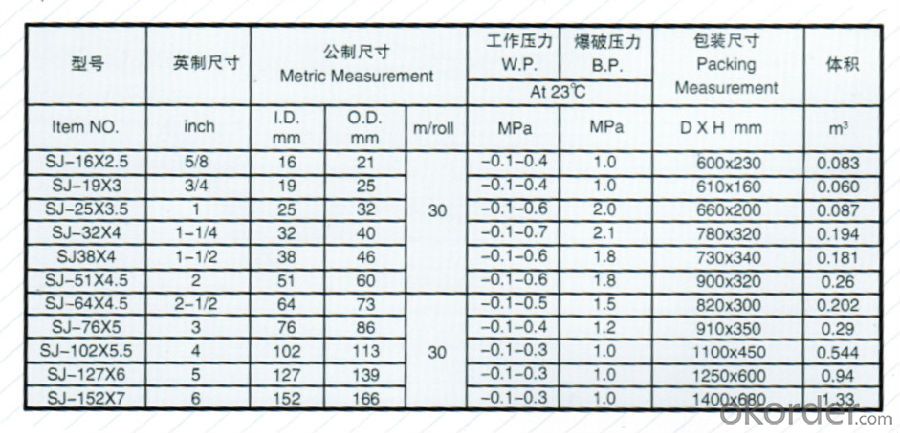
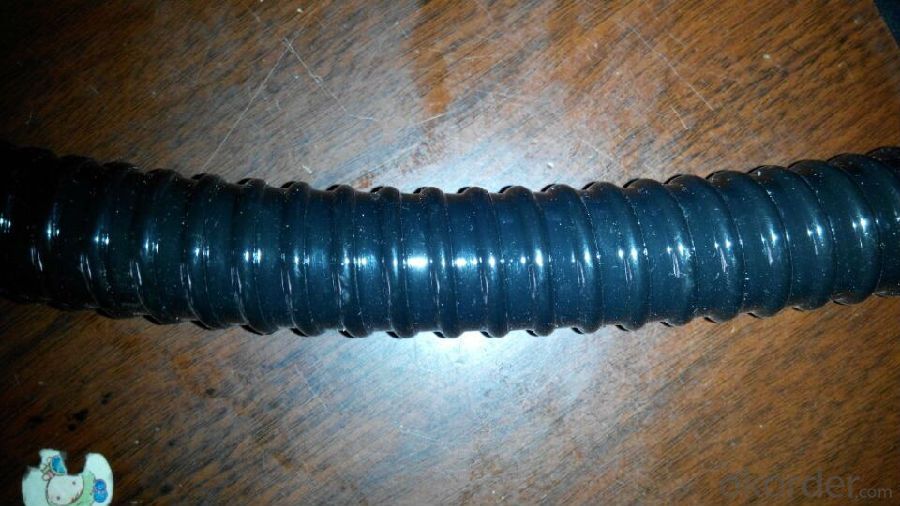
- Q:Suppose I take a plastic tube and some insulated wire and wrap the wire very tightly around the plastic pipe so that the pipe is covered with several layers of wire wrap. The wire is always wrapped around the pipe in the same direction. Then we connect the two ends of the wire together. If I then drop a strong magnet down this pipe arrangement, will the magnet fall slowly, or not?
- It depends on a number of factors. The winding direction, the polarity, and how you drop the magnet. The only real way to know is to experiment.
- Q:Do plastic tubes have any limitations in terms of static electricity buildup?
- Yes, plastic tubes can generate static electricity buildup due to their insulating properties. However, the extent of static electricity buildup in plastic tubes depends on factors such as the type of plastic used, environmental conditions, and the flow of material through the tube. To minimize static electricity buildup, grounding techniques or anti-static additives can be employed.
- Q:I have a 1 year old Robo hamster named Jewel. She has PLENTY of food (slightly chubby lol) and things to chew on..yet she is chewing on the plastic hamster tubes? She lives in a 10 gallon tank and has a silent spinner and toys (and a hut) 1.can she chew THROUGH the tube and escape? 2.can this hurt her health?
- 1) No, the tube would be pretty hard to get through for its rounded shape. 2) Only if she swallows the plastic, which is highly unlikely, as I said before, it would be unlikely for her to physically chew through the tube. Check on her occasionally, and make sure to get her used to chew toys, I have cardboard tubes (from Pets at home) for both my Guinea Pigs and Hamster ^^
- Q:Can plastic tubes be used for irrigation purposes?
- Yes, plastic tubes can be used for irrigation purposes. They are often used as an affordable and durable option for transporting water to crops and plants in agricultural settings. Plastic tubes are lightweight, resistant to corrosion, and can be easily installed, making them a popular choice for irrigation systems.
- Q:Can plastic tubes be used for storing corrosive substances?
- No, plastic tubes should not be used for storing corrosive substances as they are not chemically resistant and may react with the corrosive material, causing leakage or contamination.
- Q:I bought a roll of lincoln cents they are stuck in the plastic tubes. Any suggestions on how to get them out without damaging the coins?
- whack them with a hammer. I'm not saying whale on it, but a little more than a love tap may jar them loose.
- Q:Are plastic tubes suitable for cosmetic sampling?
- Yes, plastic tubes are suitable for cosmetic sampling. They are lightweight, durable, and can be easily sealed to prevent leakage or contamination. Additionally, plastic tubes offer convenient and hygienic dispensing of cosmetic products, making them a popular choice for sampling purposes.
- Q:We currently use round bottom glass test tubes on our automation but suffer a large dead volume. We are looking to find a supplier of low dead volume glass/plastic test tubes to trial
- That's an unusual question. MANY years ago (50 or so) when we used to run a lot of pregnancy tests by utilizing Leopard Frogs, we used to use V-bottomed test tubes to spin down the sediment. Frankly, that's pretty much the only example I can remember where we used them. But I would think that they are still around. I would suggest you contact a laboratory supply house or two or three, and ask them. They are much more likely to be able to give you an answer than us geeks on the Yahoo medicine board. The stuff I used 50 years ago might not be around anymore.
- Q:What are the different types of plastic tubes?
- There are several types of plastic tubes, including PVC tubes, polyethylene tubes, polycarbonate tubes, acrylic tubes, and nylon tubes. These tubes vary in their composition, properties, and applications, making them suitable for a wide range of industries such as construction, plumbing, automotive, and medical.
- Q:What are the common lengths of plastic tubes?
- Common lengths of plastic tubes can vary depending on their specific application and industry. However, some common lengths for plastic tubes include 2 feet (24 inches), 4 feet (48 inches), and 8 feet (96 inches).
1. Manufacturer Overview |
|
|---|---|
| Location | |
| Year Established | |
| Annual Output Value | |
| Main Markets | |
| Company Certifications | |
2. Manufacturer Certificates |
|
|---|---|
| a) Certification Name | |
| Range | |
| Reference | |
| Validity Period | |
3. Manufacturer Capability |
|
|---|---|
| a)Trade Capacity | |
| Nearest Port | |
| Export Percentage | |
| No.of Employees in Trade Department | |
| Language Spoken: | |
| b)Factory Information | |
| Factory Size: | |
| No. of Production Lines | |
| Contract Manufacturing | |
| Product Price Range | |
Send your message to us
PVC Helix Sunction Hose 4”
- Loading Port:
- China Main Port
- Payment Terms:
- TT OR LC
- Min Order Qty:
- -
- Supply Capability:
- -
OKorder Service Pledge
Quality Product, Order Online Tracking, Timely Delivery
OKorder Financial Service
Credit Rating, Credit Services, Credit Purchasing
Similar products
New products
Hot products
Related keywords
